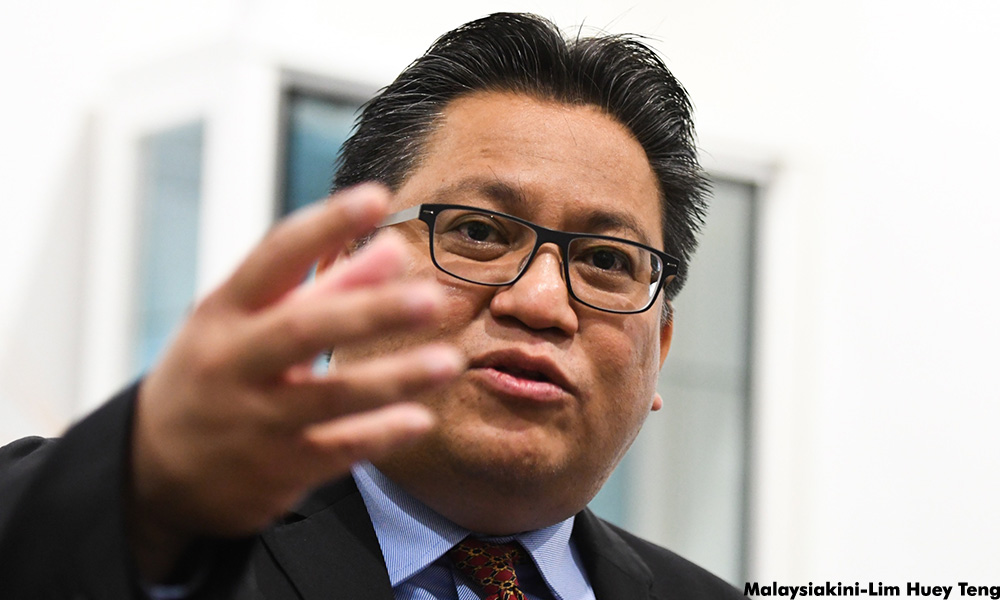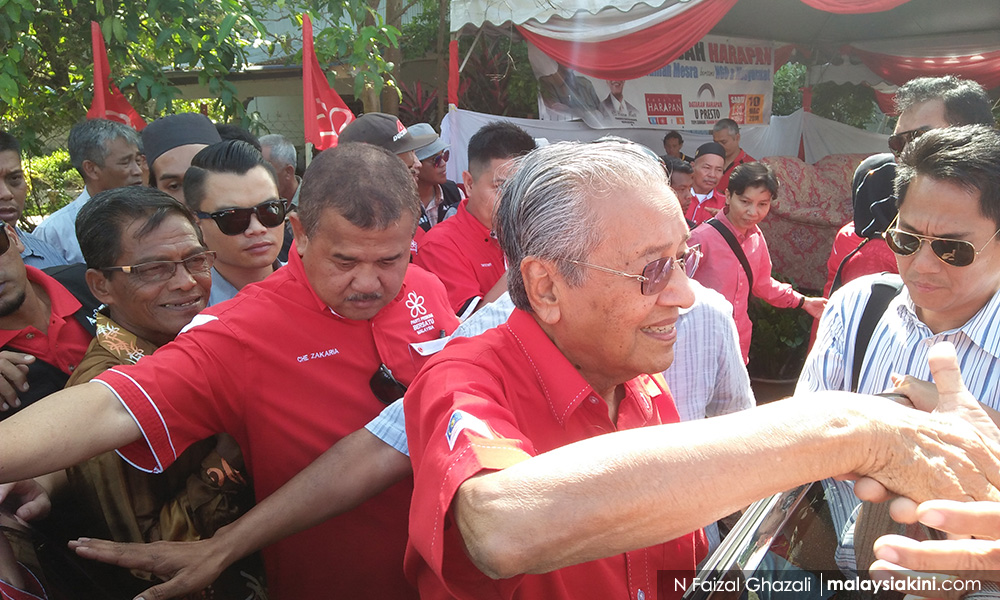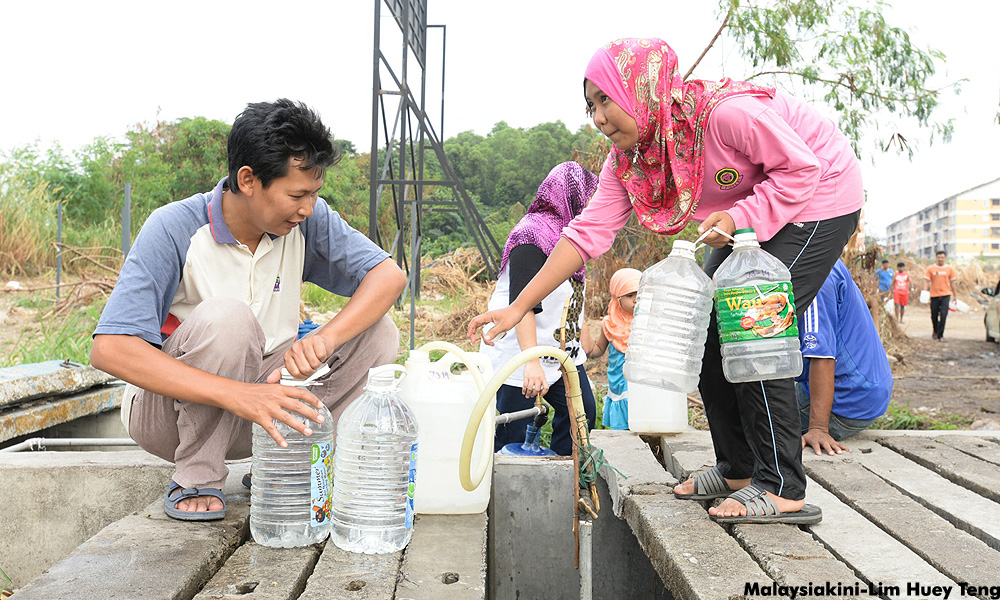 – Dr. Lim Teck Ghee Friday, 04 January 2013.
– Dr. Lim Teck Ghee Friday, 04 January 2013.
As we begin a new year, a rash of old issues and challenges confront the country. Chief amongst them are racial and religious tensions and a rising sense of marginalization and alienation among our minority communities while at the same time the majority community feels threatened and insecure.
Many of these problems are deeply entrenched. Their effects are no longer confined to a small part of our body politic or emerge as isolated and unconnected events. They have infiltrated into all sectors of society and cast a shadow in the life of every Malaysian – in our everyday thought processes, in our consciousness and in our actions.
The problems that are associated with the ethnic and religious divide between Malays and non-Malays and between Muslims and non-Muslims will not be resolved quickly. There is no magical remedy.
Many of these problems stem from our seriously weakened social cohesion and the growing disunity that our nation has experienced during the past four decades. The intangible but potent glue of harmony, sense of community and commitment to realizing the common good that binds countries and their people together has long broken down in Malaysia.
The start of a new year is a good time to spend pondering on how to recover this spirit of lost social cohesion and to focus on what can be done to rebuild it.
Addressing the plight of small minorities
The sense of alienation and marginalization is most palpable among Indian, Orang Asli and other small minority communities. Although some members of these groups can make their way up the socio-economic ladder with their own resources, nonetheless many of the rest are wallowing in poverty and deprivation. They will require a special helping hand if they are able to ever escape from the straitjacket of impoverishment and stagnation.
As the race-oriented New Economic Policy is jettisoned in place of a new national policy paradigm based on need and not race, how do we ensure that these groups –which have badly lagged behind other communities in every single important indicator of development and wellbeing – do not lose out again in the implementation of the New Economic Model during the next decade?
How do we guarantee that poor and needy members of small minority communities will be scrupulously and fairly targeted for assistance and do not disappear or are lost sight of in our national agenda of development that will be inevitably dominated by the concerns of the dominant Malay, and to some extent, the Chinese community?
To undo the negative impact of decades of government neglect and discrimination against the smaller minority communities as well as to steer a new path for social cohesion and social justice that will embrace all Malaysians, it may be necessary to establish a new Ministry that can mobilize and lead future efforts in the public sector aimed at improving the life prospects of downtrodden minority Malaysians.
Hindraf’s blueprint
Two months ago, to mark the fifth anniversary of the movement’s rally in KLCC on Nov 25, 2007 – the event which precipitated a new dawn of political consciousness in Malaysia – Hindraf unveiled a blueprint proposing solutions to overcome the plight of ethnic Indian community, especially the 800,000 displaced estate workers and 350,000 stateless Indians.
Towards the end of the blueprint document is a proposal to establish a Ministry of Minority Affairs that would plan and execute development efforts to address the educational, housing, resettlement and employment needs of marginalized Indians.
This proposal to set up an entirely new Ministry may seem like an inappropriate one, coming at a time when the efficiency and efficacy of a bloated civil service has come under severe public scrutiny and censure.
However, it is in my view worthy of serious consideration by the Barisan and Pakatan parties, whichever coalition comes to power in the coming elections.
Justification for the new Ministry
The justification for establishing an entirely new Ministry devoted to the smaller minorities is compelling. Numerous studies have established that relations between and within communities suffer when people lack work and endure hardship, debt, low esteem, poor skills and bad living conditions. These basic necessities of life are the foundations of a strong social fabric but are lacking for many in the smaller minority communities.
Also, unlike the Malay and Chinese communities that dominate our public and private sectors, Malaysia’s small minority communities lack the resources and clout to compete for the opportunities ostensibly available to all stakeholders in our economy and society.
Already marginalized, when left to fend for themselves in the future, they are likely to fall further behind as the competition for scarce resources becomes more intense.
How much will it cost?
During the past ten Malaysia Development Plans, a total sum of over one trillion ringgit was spent. Little of this development expenditure was committed towards or trickled down to the smaller minorities (see table).
Development Expenditure for 10 Malaysia Plans
Total: RM1.155 trillion
Ninth Malaysia Plan2006-10RM230 billion
Eighth Malaysia Plan2001-05RM253 billion
Seventh Malaysia Plan1996-2000RM222 billion
Sixth Malaysia Plan1991-95RM104 billion
Fifth Malaysia Plan1986-90RM62 billion
Fourth Malaysia Plan1981-85RM28 billion
Third Malaysia Plan1976-80RM18.6 billion
Second Malaysia Plan1971-75RM7.25 billion
First Malaysia Plan1965-70RM4.5 billion
Hindraf has estimated that a small fraction of this massive expenditure – RM25 billion – provided to the new Ministry will provide the first ditch effort to permanently improve the life of marginalized Indians. The cost for uplifting the conditions and life chances of other minorities will be more modest.
The total bill for improving the life chances of marginalized Indians, Orang Asli and others and restoring dignity and a sense of belonging to the smaller minorities is a price the country can well afford. But is the political will there – in either Barisan or Pakatan parties – to take this small step forward in what could lead to a momentous paradigm shift in our journey towards a fair, just and compassionate society?
A just multi-ethnic society is judged by how fairly it treats its smallest minority communities and provides them with access to opportunities that can improve their material circumstances and future life chances.
In India, the Government recently established a Ministry of Minority Affairs in 2006 as the apex body for the central government’s regulatory and developmental programmes for the minority communities which include Muslims, Sikhs, Christians, Buddhists and Zoroastrians identified as minority communities under Section 2 (c) of the National Commission for Minorities Act, 1992. Other countries which have established similar Ministries include Pakistan and Israel.
We should do no less in Malaysia.
























